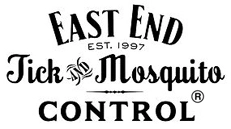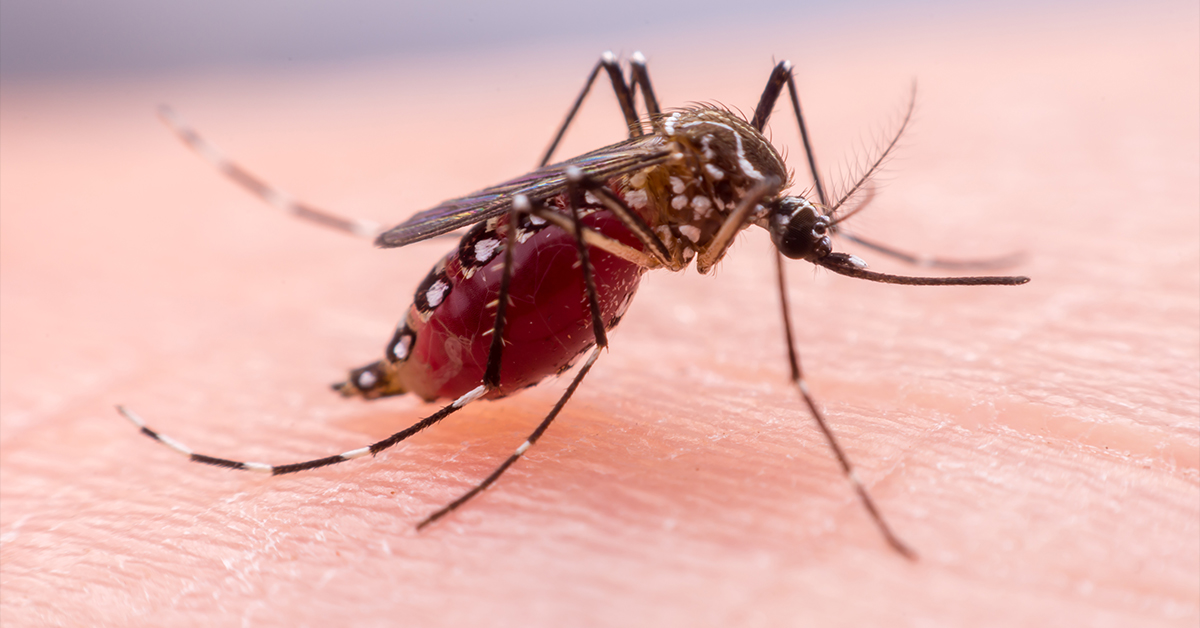In “The Art of War,” Sun Tzu wrote, “If you know the enemy… you need not fear the result of a thousand battles.” The general probably wasn’t thinking of mosquitoes when he wrote his influential treatise on military strategy. However, the wisdom still applies: By understanding how mosquitoes function, we are better equipped to fight them.
What Is The Anatomy Of A Mosquito?
A mosquito’s body has three parts – the head, the thorax, and the abdomen. Each segment contains organs that make the species efficient, effective hunters. Some of these organs are found only in female mosquitoes because they carry the burden of laying eggs and hunting.
The Head
Do mosquitoes have brains? Yes, they do! The mosquito’s head contains its sensory organs, including the brain and eyes. It’s also home to the proboscis, the mosquito’s “Swiss army knife” multi-function mouthpart.
Although a mosquito’s brain lacks complexity and is proportionally very small, it’s more than adequate to fulfill its functions: sight, movement, taste, and detecting scent and temperature.
One of the more fascinating processes in the female mosquito’s brain is how it integrates olfactory and visual cues to create a behavioral response. When a female mosquito picks up certain scents, her brain triggers the visual system to seek out shapes that are likely to be potential prey. After identifying a likely blood meal, her brain directs her to track and hone in on it.
Mosquitoes have two compound eyes with photosensitive cells that detect variations in light. Their eyes are covered with “ommatidia,” tiny lenses that function as dozens of individual eyes-within-an-eye.
Arguably the most exciting and complex part of a mosquito is the proboscis, the long, needle-like “straw” through which a female extracts blood while biting a person. The proboscis comprises six individual needles, each of which has a function, whether it is to cut into the prey’s skin or hold tissues apart. At the same time, the mosquito feeds to locate blood vessels underneath the skin, inject saliva and blood-flow enhancing chemicals, or siphon the blood. Unfortunately, it is also the part of the mosquito through which diseases like malaria, Zika virus, West Nile virus, and others are transmitted.
The Thorax
A mosquito’s thorax is where its legs and wings are located. Mosquitoes have six legs, each with tiny claws used for gripping surfaces. Mosquitoes’ wings are large, considering the size of their body. They fly to hunt for food and mates, but strangely, despite the power in their wings, they rarely travel more than a few hundred feet from where they were hatched.
The Abdomen
The mosquito’s long, narrow abdomen is where it takes in air and digests fluids. This section has small openings on either side called “spiracles,” which allow the mosquito to draw in air. It is also where the female mosquito holds blood drawn from her prey. The abdomen usually contains a small amount of water, which is squeezed out as blood comes in. If you watch a mosquito as she feeds, her belly will go from nearly clear to red as it fills with her prey’s blood. The abdomen is also home to a mosquito’s reproductive system.
How Many Hearts Does A Mosquito Have?
Contrary to widespread misinformation, a mosquito has a single heart, but it doesn’t function like a human heart. Like other insects, mosquito hearts have two sections – an abdominal heart and a thoracic aorta. The heart pumps a substance called hemolymph, a compound that functions like our blood. A mosquito’s organs rest in this liquid, and the heart pumps it around the mosquito’s body. The mosquito’s heart reverses direction periodically, sometimes pumping hemolymph toward the front of its body and sometimes toward the rear.
Do Mosquitoes Sleep?
Sometimes it feels like these aggravating predators never sleep, a partly true impression. Mosquitoes don’t sleep in the way that humans understand the process. Instead, they become “inactive,” resting during their off-peak hours when they’re not actively seeking a host on which to feed.
East End Tick & Mosquito Control® Can Eliminate Your Mosquito Problem
You don’t have to fight alone if you are combating mosquitoes at your Long Island home. We can eliminate them and ensure that they do not return. We are proud to note that all our options are family and pet safe. For those living near Southampton, please call (631) 287-9700. If you are closer to East Hampton, please call (631) 324-9700. If you reside near Southold, please call (631) 765-9700. You can always email us as well.


